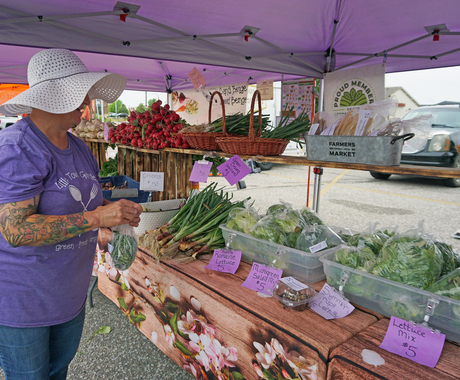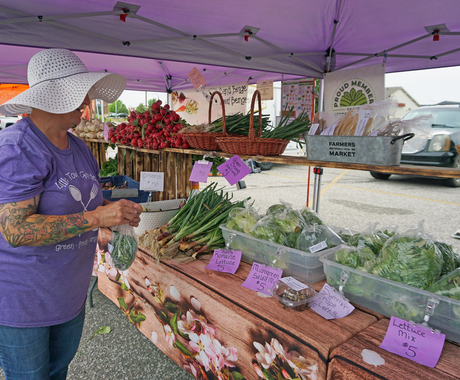Rhea Landholm, brand marketing and communications manager, rheal@cfra.org, 402.687.2100 ext 1025
LYONS, NEBRASKA – Today, the Senate passed its version of the farm bill, with a 86-11 vote. In response, Center for Rural Affairs Senior Policy Associate Anna Johnson said the farm bill represents a “step in a positive direction for family farms.”
“For years, Sen. Grassley has championed closing loopholes in farm programs that allow millions of dollars of subsidy payments to go to individuals who are not doing the hard work of farming,” Johnson said. “We were very pleased the final Senate bill includes these long-needed fixes to subsidy payments that level the playing field for family farms.”
Johnson said she is disappointed the Senate declined to take up a proposal from Sens. Durbin, Grassley, Flake, Shaheen, Warren, and Lee, that would have “put common sense limits on crop insurance subsidies for the very largest operations.”
“Currently, there are no limits placed on farmers’ access to crop insurance subsidies, which provides a competitive advantage to the largest operations,” she said. “This payment structure continues to drive farm consolidation, increase land prices, and undermine rural communities. The Senate missed an important opportunity to address this issue in crop insurance today.”
The bill includes strong support for several programs that are important for the development of rural communities, and would reinstate the position of Undersecretary for Rural Development, according to Johnson.
“However, we are concerned that the Rural Microentrepreneur Assistance Program (RMAP) has not received mandatory funding in either the House or Senate farm bills,” she said. “This program supports rural entrepreneurs who start, then build small businesses. RMAP helps spark innovation and economic activity in rural areas where it is sorely needed.”
In addition, the Senate farm bill cuts working lands conservation funding, reducing the number of acres enrolled annually in the Conservation Stewardship Program from 10 million to 8.8 million. The Senate also proposes to combine several smaller programs that support beginning farmers and rural development.
“While we are concerned by the impact of the proposed cuts to working lands conservation funding, we are glad to see the proposed program combinations will protect the missions of the Value-Added Producer Grant Program, the Beginning Farmer and Rancher Development Program, and others,” Johnson said.
The versions of the bill passed by the Senate and House of Representatives will now go in front of the Joint Conference Committee, which will address the differences and agree on a final bill. The current farm bill expires Sept 30, 2018.
“Now, we look toward conference, and urge our elected officials to maintain the many strengths of the Senate bill, resolve the challenges that remain, and develop a bipartisan farm bill that supports rural communities,” Johnson said.



